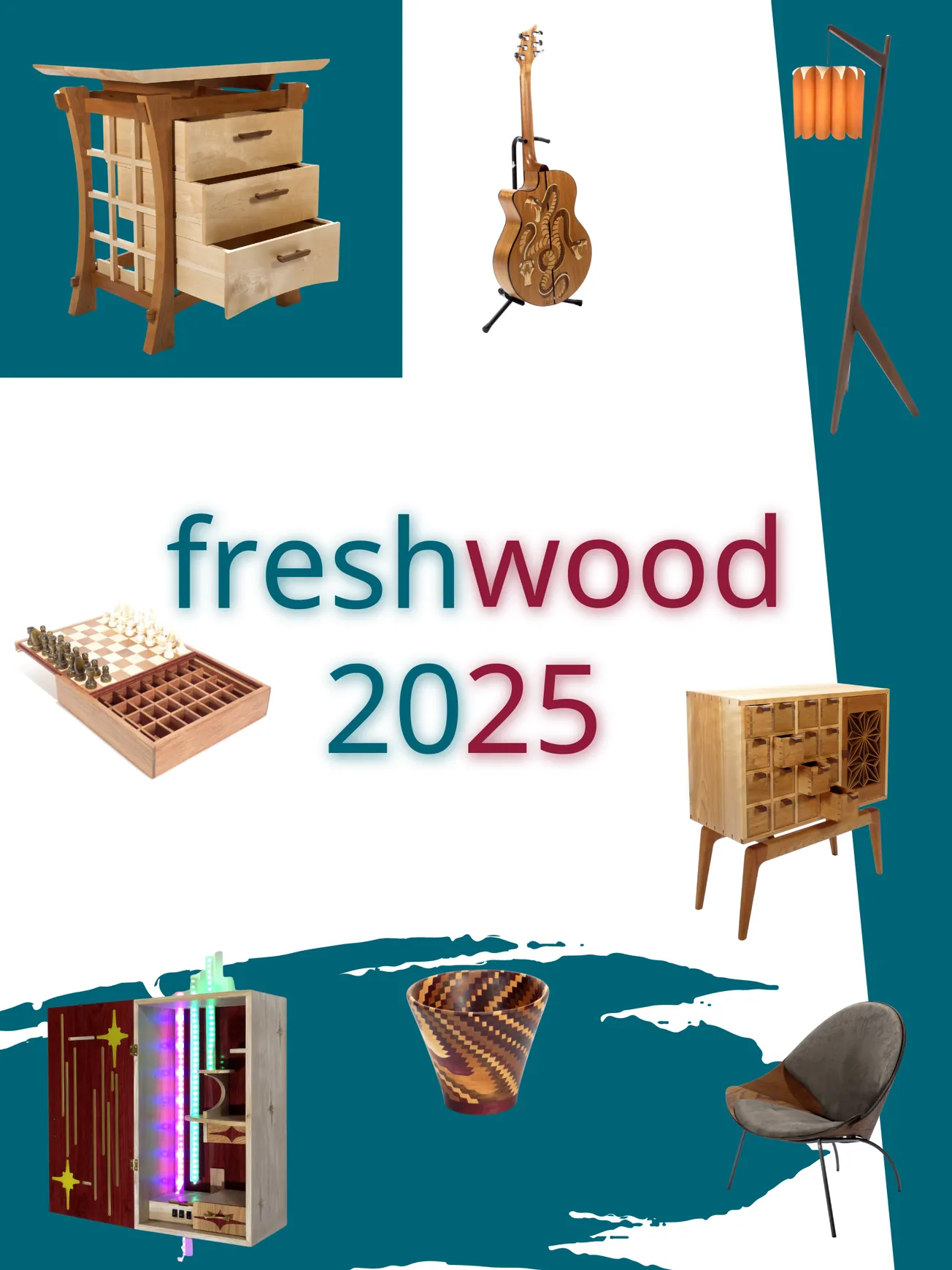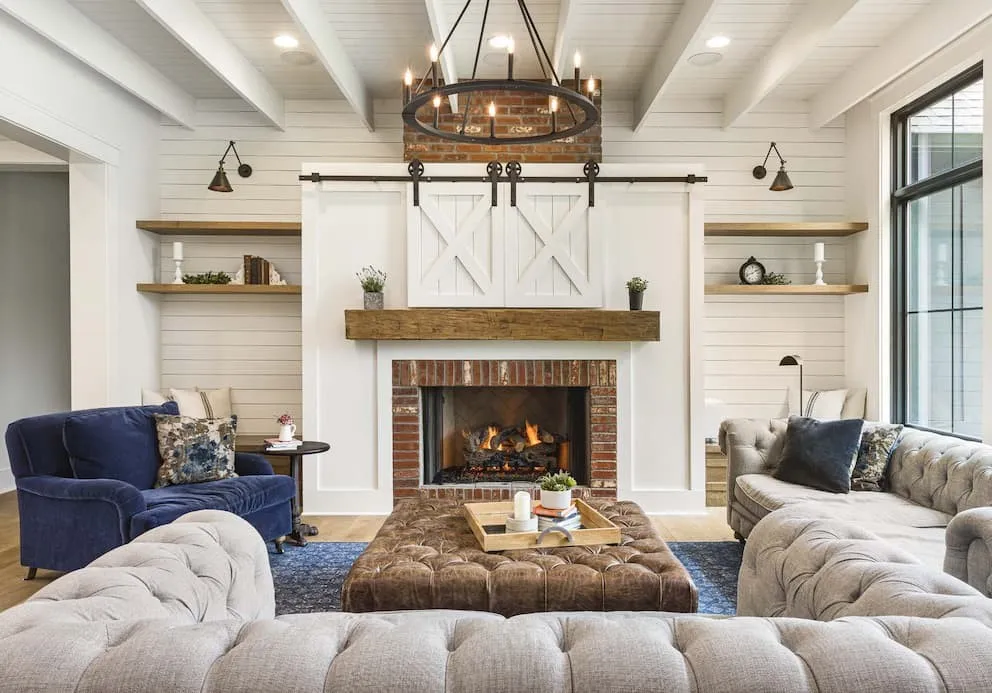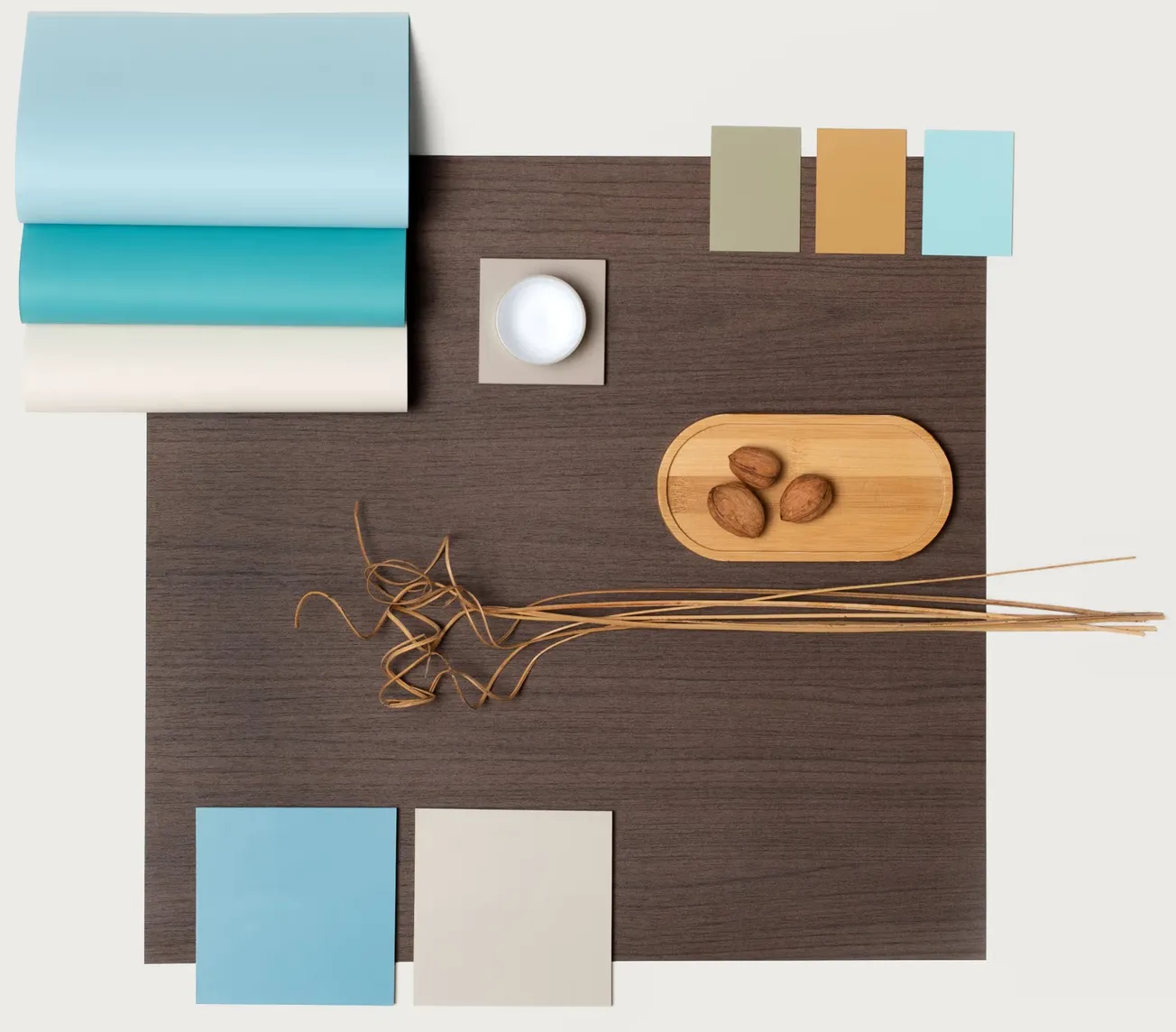Table of Contents

On a crisp fall day in London, I take a taxi to the end of Trinity Buoy Wharf, just under an hour's drive from Central London and—after urging my hesitant driver—pass through a maze of construction projects until I arrive at a cluster of shipping containers set next to a bright red lighthouse overlooking the River Thames. This is Clipper House, one of several modular Container City projects in the rapidly evolving wharf neighborhood and, in one of its stacked units, the office of British furniture designer Lucy Kurrein.
 Kurrein heard about the complex from her father-in-law, an architect who has a cabinetmaker with a studio at the wharf, and was drawn to its proximity to the creative scene in East London as well as the unconventional structure, which affords an unusual combination of light, airy views and solitude. "When I’m first starting on a project, I tend to lock myself away for a couple of weeks to really get into it," explains the designer, who graduated from the Leeds College of Art and Design before working for Matthew Hilton and PearsonLloyd in London. A 2013 sofa design for SCP jump-started her solo career, and now Kurrein has established a successful name as a designer in both office and residential furnishings, where she's best known for her thoughtful treatment of upholstery.
Kurrein heard about the complex from her father-in-law, an architect who has a cabinetmaker with a studio at the wharf, and was drawn to its proximity to the creative scene in East London as well as the unconventional structure, which affords an unusual combination of light, airy views and solitude. "When I’m first starting on a project, I tend to lock myself away for a couple of weeks to really get into it," explains the designer, who graduated from the Leeds College of Art and Design before working for Matthew Hilton and PearsonLloyd in London. A 2013 sofa design for SCP jump-started her solo career, and now Kurrein has established a successful name as a designer in both office and residential furnishings, where she's best known for her thoughtful treatment of upholstery.
Within moments of my arrival, Kurrein has tucked my coat away into a corner, flicked on an electric kettle, and procured cups, tea bags, and an assortment of cookies from a cabinet in the studio's Lilliputian kitchen. "I'm a bit of a biscuit fiend," the designer confesses with a laugh as she moves nimbly through the space, arranging the biscuits on a plate.
Though Kurrein's motions suggest a familiar routine, the office is anything but static. "It’s always changing," Kurrein says of the 8 x 20-foot space. "As my work has evolved it moves around. This is the fourth configuration."
The setup (which, Kurrein cautions me, might well be different by the time a photographer comes to shoot the story) is a living reflection of the designer's process and a miniature showcase of her current projects. "I've always done a lot with CAD and I still do—probably too much," she explains. "But now I’m doing more model-making. Models are so useful because you just can’t model upholstery in CAD."

At the far end of the container, a sliding door offers a view across the river, framed in yellow curtains that, coincidentally, match the O2 Millennium Dome visible outside. "I didn't realize it when I picked them, but it works," Kurrein says of the coordination. "I love a bit of color."
Along one of the container's long walls, Kurrein has set up a one-person assembly line with organized stations for each step of her creative process. "It's arranged like a production line," she says. "There’s a table there for sketching, then my sewing machine where I can assemble, then my computer." As Kurrein points, she settles into one of two vintage 1980s Wilkhahn rolling chairs. "I love them," she says of the seats. "I think they do everything perfectly. I look at this and I think, you don’t need much more than that. It’s simple, it’s light." Plus, she adds, "they're on wheels so you can kind of just sliiide up and down."
Though the ephemera of the office—fabric swatches, plush models, and the type of multi-jointed figurine most often used for figure drawing, but which, for Kurrein, serves as tester of her miniature prototypes—points toward upholstery design, that specialty isn't one Kurrein adopted until fairly recently.
"I always wanted to be an artist," she recalls. "From the age of three I loved drawing. When I got to art college, the tutors help you find out which path to go down, and I didn’t realize how many possibilities there were. It was actually the tutors who looked at the way I draw and suggested 3-D design. I hadn't thought about it at all, but as soon as they said it, I thought, 'Yeah.' I haven’t looked back since."
Working for Hilton and PearsonLloyd gave her valuable training in upholstery, and, following her debut for SCP, she recalls, "more projects started coming along. So now I find myself specialized as an upholstery designer, which I’m more than happy about." She's since completed lines for the likes of Capdell, Joined+Jointed, The Conran Shop, and Offecct.
Kurrein's furniture skews modern and comfortable—she cites Pierre Paulin and the Eameses as influences—but she's informed by historic references as well as a taste for pushing boundaries, especially when it comes to office design. She uses the term "radical" several times when describing thoughtful tweaks she's proposed to traditional designs, like an adjusted seat height, draped upholstery, or rolltop cushions. "I’m trying to convince these office manufacturers to become a bit softer, more bohemian even," she explains.


She has also just embarked on her first foray into lighting design, a task that has proven more conceptual than she'd imagined. "Thinking about how the light emits was the biggest change—that it’s not just about the form, and it doesn’t really matter how it feels," she explains.
When I ask if, given her proclivity for designing pieces requiring upholstery, she'd considered designing her own textiles (Kvadrat and Maharam are her current go-tos), Kurrein is enthusiastic. "I’ve been thinking about that, actually," she says. "With the office furniture industry, you have to do the design kind of open so the client can choose their own fabric color, or print, or whatever. But I like the idea of integrating the form with the fabric and having the two working together. Often the fabric becomes an afterthought, which it shouldn’t be."
As an example, she pulls up a rendering of a sofa that appears draped in fabric. "On this sofa, I tried to break that trend by starting with the type of fabric instead of the frame," Kurrein explains. "This was designed for the cover to have this loose fit. That wouldn’t work in, say, a velvet, or something woolly. It kind of has to be a linen."
This kind of theoretical approach, though, must exist in harmony with the constraints of practical design—especially in the workplace market. "That one is for an office furniture client, though, so we’ll see how that goes down," Kurrein says with a smile. "I might have to tweak the design a little or take it to a more residential client."
Despite these pragmatic hurdles, though, Kurrein has no intention of toning down her designs—in fact, quite the opposite. "I'd love to do a bit more mad stuff," she tells me as we finish our tea.
"Mad?" I ask by way of clarification.
"Yes, mad, eccentric," she says. "I’m always a bit careful not to go too far, but I’m hoping that as I become more established I can start pushing a little bit further and do something really extraordinary."






